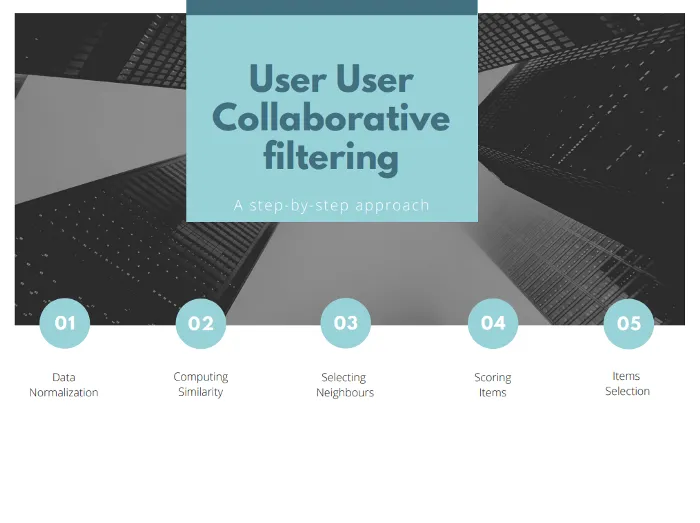Have you ever had ants in your home? If you’ve had, you might know that ants first spread out individually looking for food. But as soon as one of them finds the food, it makes its way back to the nest, leaving behind the scented trail that other ants soon follow. And then you have a stream of ants heading back and forth the food source and the nest. Those ants are exhibiting social navigation, a type of recommendation system where each of the ants goes out and explores a different part of the space, literally space, and when they find something that they think the community would like, they let everyone know about it.
Recommendation Systems are a big part of today’s world. Customers may see a lot of available options and not know what to buy. They may be unaware of a product that serves their purpose, or maybe a movie or a song or joke they will eventually like but they haven’t heard about it yet. This is why recommendation systems are used. They make specific recommendations to customers to overcome the above-mentioned problems. They may recommend items based on its content (content-based recommendation), based on user’s session activities (sequential or session-based recommendation), based on items that similar users like (user-user collaborative filtering), or based on the similarities with items that customer has liked previously (item-item collaborative filtering), or maybe a hybrid model of two or more of the above-mentioned systems.
In this article, we will focus on similar users based recommendation system, otherwise also known as user-user collaborative filtering, and apply it to give jokes recommendations.
#recommendation-engine #data-science #user-based-cf #python #collaborative-filtering
